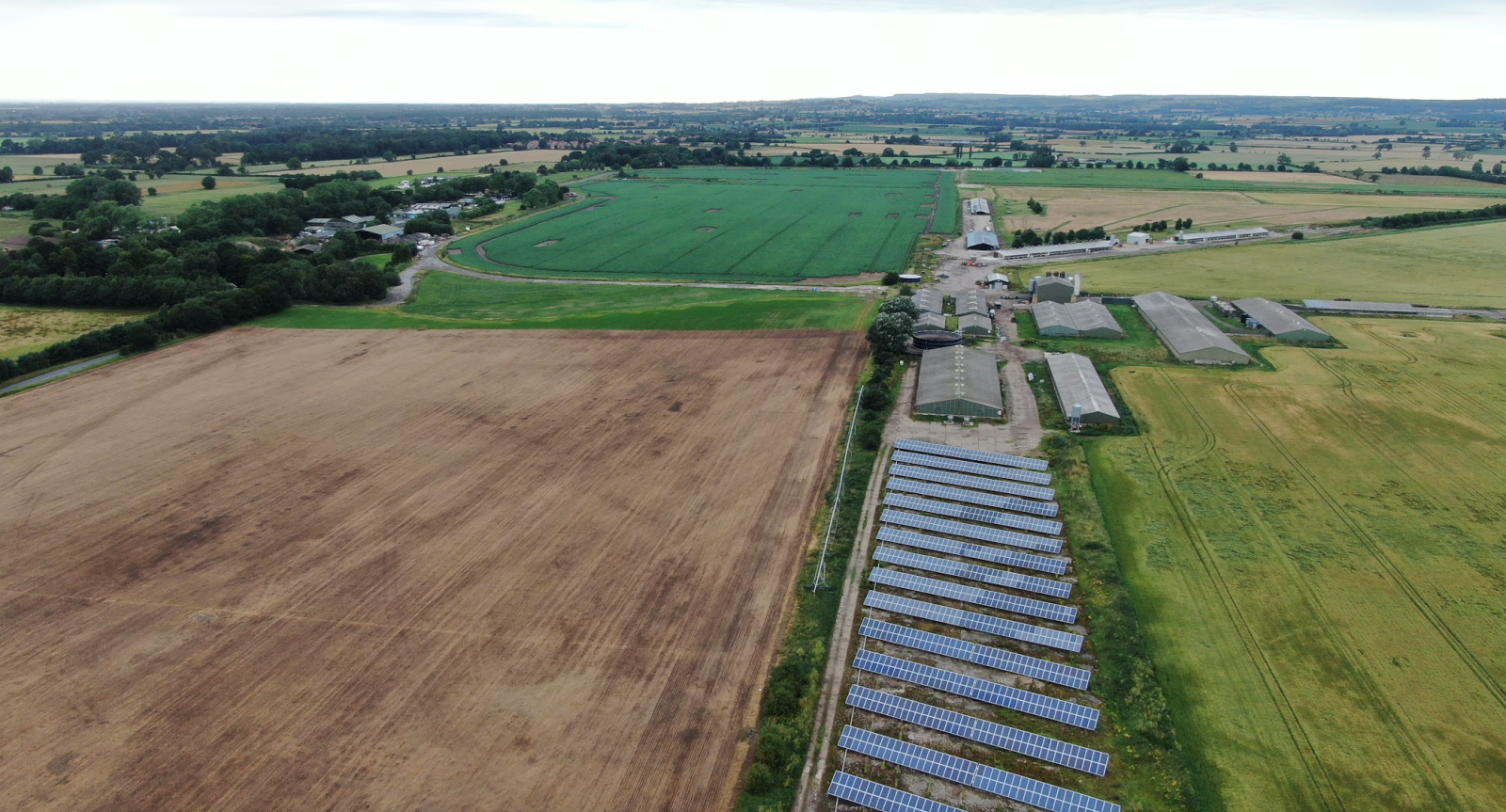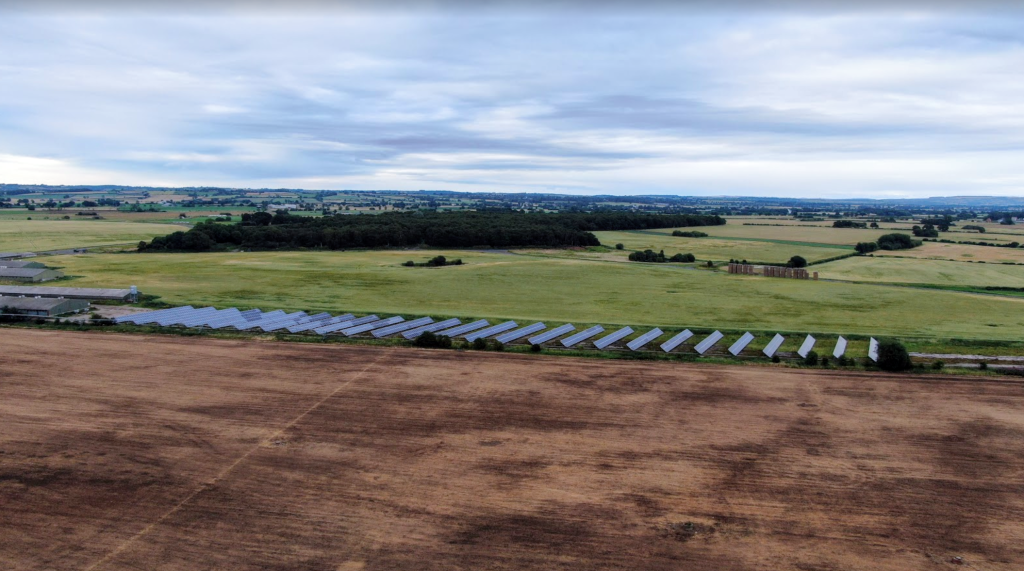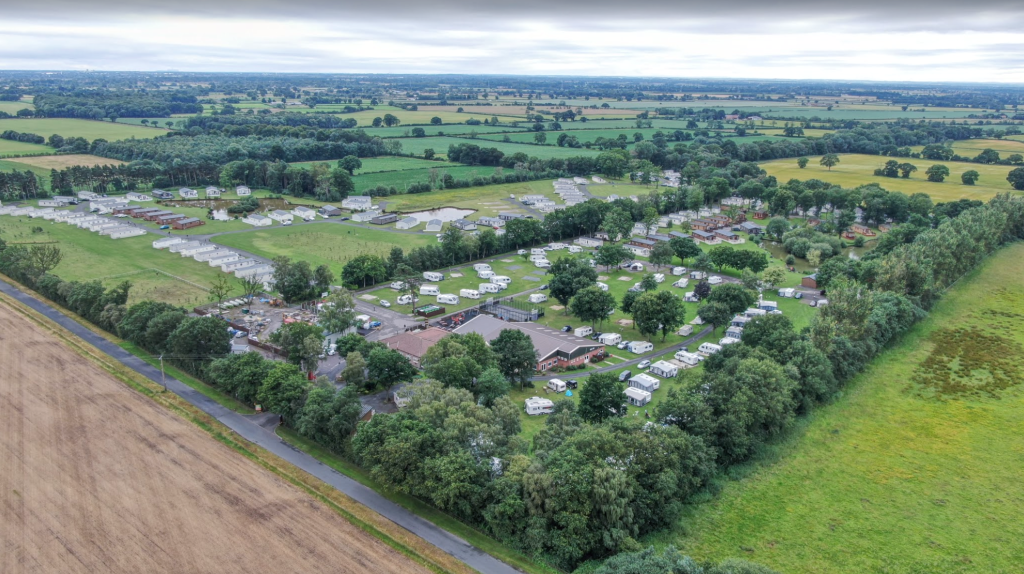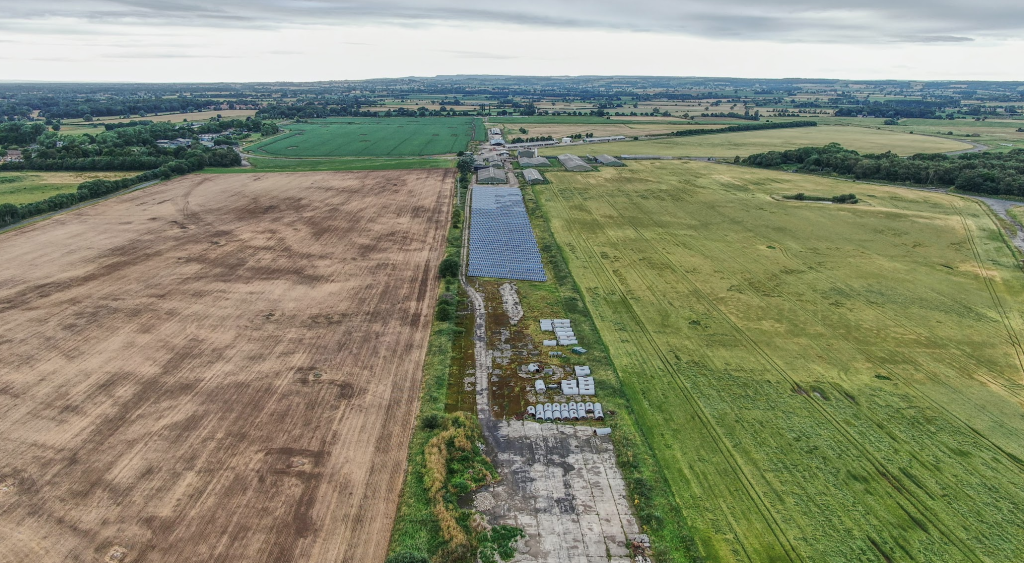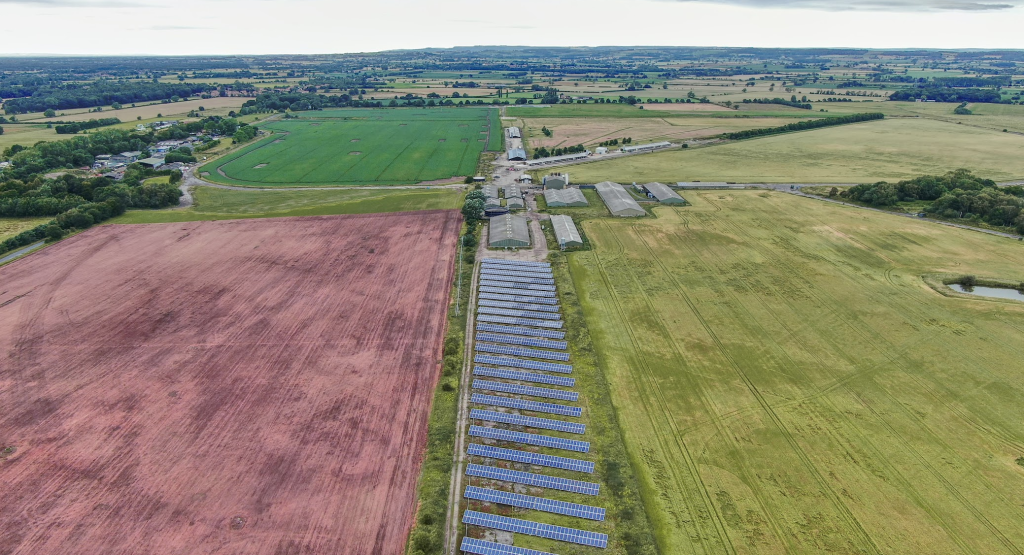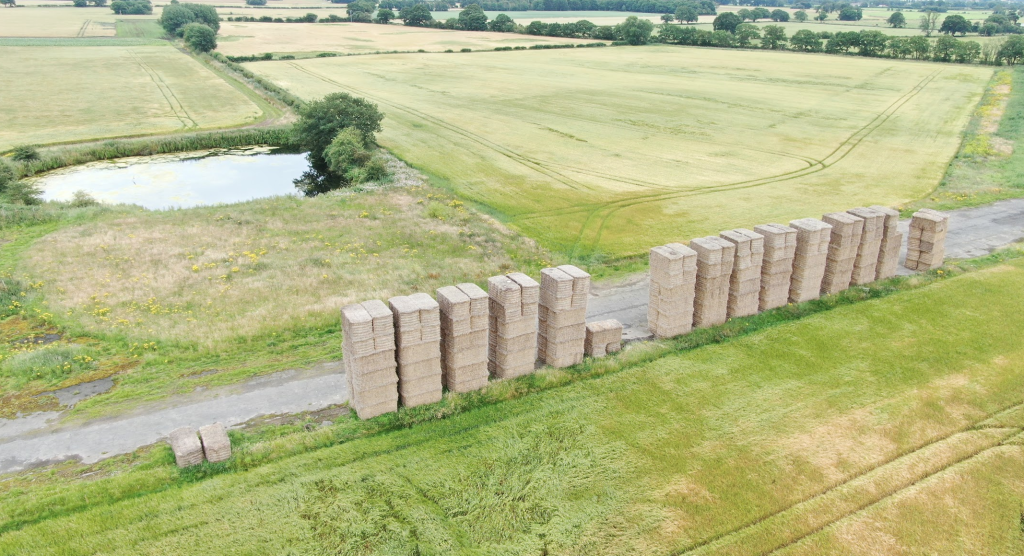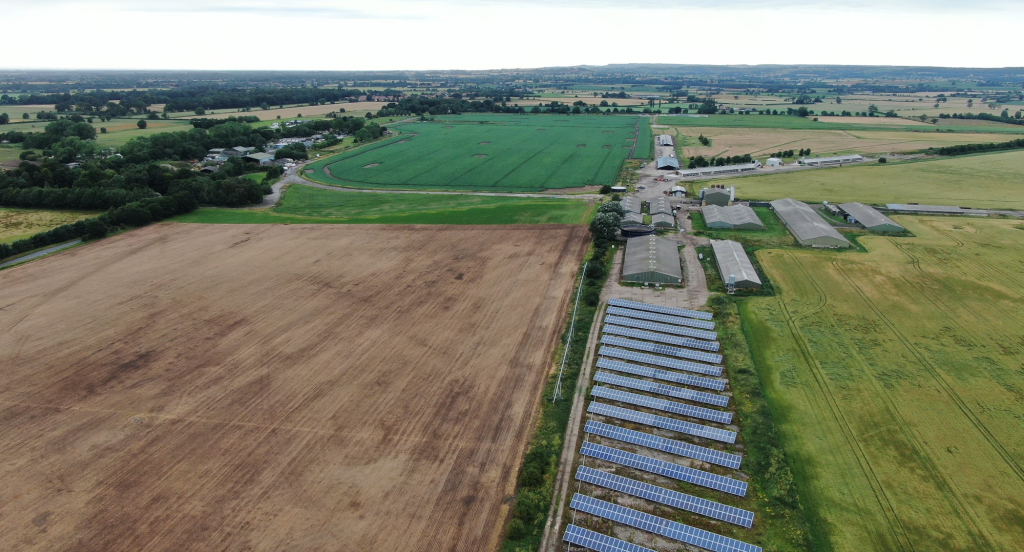Nestled amidst the rolling hills of North Yorkshire, England, lies a silent sentinel of a bygone era: RAF East Moor. This former Royal Air Force station, operational from 1942 to 1946, once echoed with the roar of bomber engines and the bustle of wartime activity. Today, however, a hush has settled over the airfield, its former vibrancy replaced by the tranquility of nature and the quiet hum of solar panels.
From Fields to Flight:
Prior to its wartime transformation, East Moor was a desolate expanse of heather and gorse. However, with the looming threat of the Axis powers, the British government saw its potential as an airfield. Construction began in 1941, and within a year, the barren landscape had metamorphosed into a bustling hub of military activity. Three hangars, 36 dispersals (aircraft shelters), and a network of runways crisscrossed the airfield, ready to launch the mighty bombers that would carry the fight to the enemy.
A Stage for Heroes:
The first squadron to call East Moor home was No. 158 Squadron RAF, equipped with the iconic Handley Page Halifax bombers. These lumbering giants, nicknamed "Halifaxes," rained destruction upon German targets throughout occupied Europe, participating in raids on cities like Hamburg, Berlin, and Cologne. The aircrews of No. 158 Squadron, young men barely out of their teens, faced unimaginable dangers with courage and determination. Their bravery and sacrifice are forever etched in the history of East Moor.
Beyond the Bombers:
While Halifax bombers were the most visible presence at East Moor, the airfield also served as a training ground for countless other units. The Royal Canadian Air Force took over the station in 1942, using it to train bomber crews for operations over Europe. Additionally, East Moor housed squadrons equipped with Wellington bombers, Lancaster bombers, and even the experimental Mosquito fighter-bomber. The airfield bustled with activity around the clock, a testament to the tireless efforts of the ground crew who kept the aircraft airborne.
The Curtain Falls:
With the end of World War II in 1945, the need for a wartime airfield like East Moor dwindled. The station was officially closed in June 1946, and the once-thriving hub of military activity fell silent. The hangars were dismantled, the runways overgrown, and the buildings abandoned. Today, the airfield is not open to the public, and the landscape is dotted with farm buildings and solar panels, a stark contrast to its former glory.
A Legacy Preserved:
Despite its current state of transformation, RAF East Moor remains a place of immense historical significance. The remnants of the airfield, though shrouded in the quietude of the countryside, whisper tales of valor and sacrifice. The control tower, a lone sentinel on the horizon, stands as a silent guardian of the memories etched into the land.
Echoes in the Fields:
While visitors can no longer wander the runways or explore the hangars, the spirit of RAF East Moor endures. The hum of the wind carries the echoes of Halifax engines, and the sun glinting off the solar panels paints a surreal picture of a bygone era juxtaposed with the present. The farmland surrounding the airfield, where crops now sway in the breeze, once trembled with the thunder of departing bombers.
A Soaring Inspiration:
RAF East Moor may be a mere shadow of its former self, but its legacy soars high. It is a testament to the unwavering spirit of those who fought for freedom, a reminder of the sacrifices made in the name of peace, and an inspiration to carry the torch of valor forward. As we stand amidst the remnants of this once-proud airfield, we honor the heroes of RAF East Moor and the echoes of their bravery that continue to resonate across the fields.
Drone video at RAF East Moor
Location map for RAF East Moor
A few photos that I took at RAF East Moor
More places to visit
Click here to see my ever-growing catalogue of interesting places to visit
